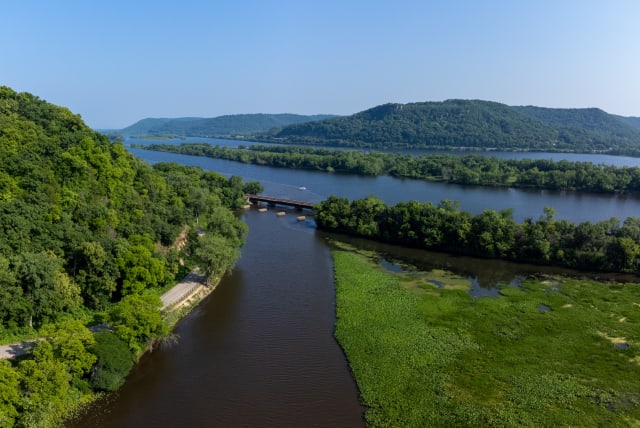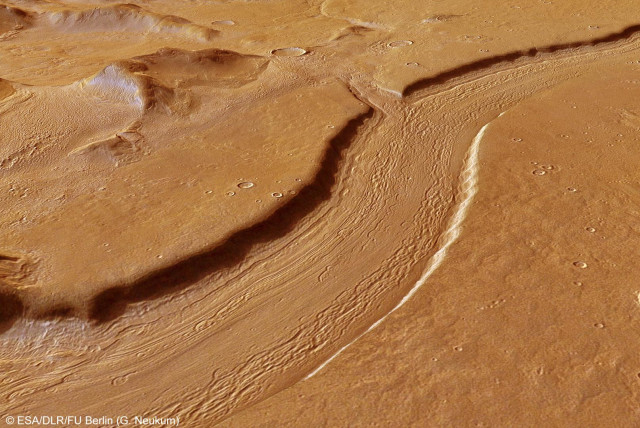What was the climate on Mars like in ancient times?

A new study has examined how the paths of rivers on both Earth and Mars have changed over time.
Rivers on Mars were like those on Earth in that they either kept their general shape or they changed as they wound through the planet's terrain, according to a study published earlier this month.
The peer-reviewed study, which was published in Nature Geosciences, may be instrumental in teaching scientists about Mars's climate and whether the planet was once suited for life but also how climate change may affect rivers on Earth.
The study, led by Chenliang Wu, PhD, a postdoctoral researcher at Tulane University School of Science and Engineering, found that the curve of rivers changes based on how much water is flowing through the river, which can be affected by a number of factors, such as precipitation levels.
The researchers examined maps of 21 lowland meandering rivers on Earth using historical data from as early as the fifth century and images from as early as 1939. They also examined six ancient riverbeds on Mars using previously identified river channels from remote sensing data.
Based on this data, the researchers found that every one of the rivers they examined fell into one of the two categories: Constant and changing rivers. Of the rivers on Earth studied by the researchers, 13 had variable sinuosity and eight had constant sinuosity.
How the study will help researchers and engineers
The findings of the study will help researchers and engineers understand how to manage rivers in the future as the effects of climate change become more pronounced. The findings may also help with river restoration, infrastructure projects, and flood management.
The data from the riverbeds on Mars gave the researchers the ability to test their hypotheses on how river systems change as they are untouched by human influence. The data also contributes to efforts to understand what the climate on Mars was like when there was still liquid water on the surface.
“It really lays the foundation for more advanced topics, like, were the environmental conditions suitable for life on Mars?” said Wu, according to an article on Tulane’s website.
The Environment and Climate Change portal is produced in cooperation with the Goldman Sonnenfeldt School of Sustainability and Climate Change at Ben-Gurion University of the Negev. The Jerusalem Post maintains all editorial decisions related to the content.
Jerusalem Post Store
`; document.getElementById("linkPremium").innerHTML = cont; var divWithLink = document.getElementById("premium-link"); if (divWithLink !== null && divWithLink !== 'undefined') { divWithLink.style.border = "solid 1px #cb0f3e"; divWithLink.style.textAlign = "center"; divWithLink.style.marginBottom = "15px"; divWithLink.style.marginTop = "15px"; divWithLink.style.width = "100%"; divWithLink.style.backgroundColor = "#122952"; divWithLink.style.color = "#ffffff"; divWithLink.style.lineHeight = "1.5"; } } (function (v, i) { });

